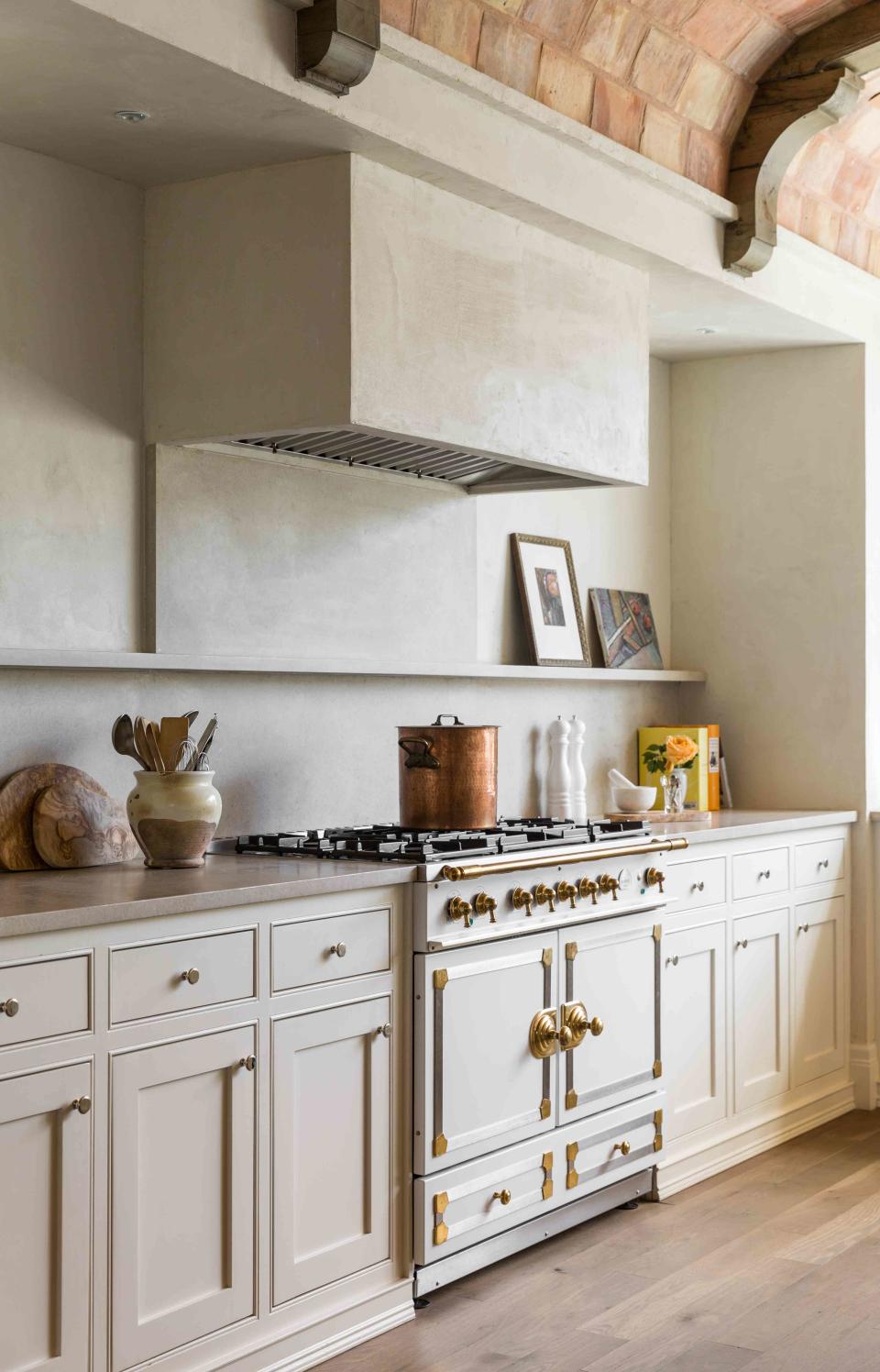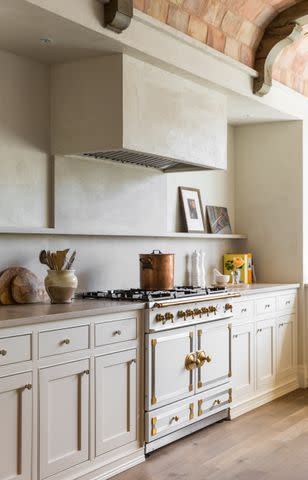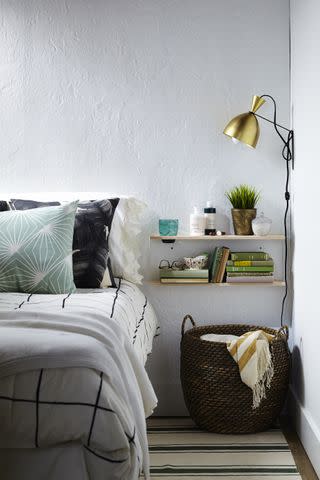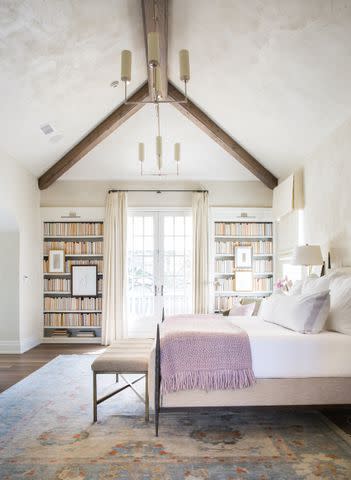Why Plaster Walls Are So Popular, Plus 3 Ways to Get the Look
- Oops!Something went wrong.Please try again later.
And what sets them apart from drywall.

Julie Soefer
Plaster has been around since the time of the Egyptians when it was used to cover ceilings and walls in ancient temples and monuments, but it’s seeing a resurgence in popularity and its history might be to thank.
One of the main draws of plaster is its durability—a fact which has helped it stand strong for centuries. When today’s homeowners are looking for ways to create a home that’s built to last with craftsmanship to match, walls are bound to be part of the discussion. We tapped Richard Riley, president of Birmingham, Alabama-based Simpson Plastering to share all the details on this centuries-old technique, including why so many homeowners are drawn to it now.

Julie Soefer
What Is Plaster?
Plaster comes in three primary varieties. Venetian plaster, or lime plaster, is typically used to repair old buildings and surfaces. It’s a mixture made of limestone, marble dust, and water that is worked into a putty and applied to walls. It lends a look of marble once it is dry. Next up is gypsum plaster, which is popular today due to its accessibility as it can be mined or manufactured. Plaster of Paris is a popular, quick-setting variety of gypsum plaster that becomes hardened after it’s moistened and then dried out. Finally, cement plaster (also known as cement stucco) is a material that calls on cement, plaster sand, and water to create a mixture that is easy to work with on both interiors and exteriors.
What’s the Difference Between Drywall and Plaster?
The first thing Riley says you might notice about plaster is its smoother look and feel than that of drywall. But below the surface, drywall differs from plaster in that it’s not a paste or mixture to be applied to an existing surface. Instead, gypsum is pressed between two pieces of thick paper, as Riley puts it. He adds that it usually comes in 4-foot x 8-foot boards and is easier to install, without requiring quite the same level of craftsmanship as plaster.
While the differences between drywall and plaster are very apparent on install, that’s not always true of the finished product. “If they are both painted the difference is hard to see,” says Riley.

Marty Baldwin
Pros & Cons of Plaster
When it comes to plaster, there are certain facts that might sway a homeowner one way or the other. Durability, sound absorption, and expense are all factors to consider when it comes to selecting plaster versus drywall.
Pro: “Drywall weighs 1/3 of plaster and therefore plaster has enough mass to absorb more sound and lower frequencies,” says Riley. “You can typically hear the quality of plaster walls and feel their durability when you bump them.”
Pro: Skipping the yearly repainting sounds like a win. “Plaster can have the finish color put into the finish mud and you no longer have to paint it,” says Riley.
Con: Plaster is more expensive than drywall and requires a bit of extra legwork on the homeowner’s part in order to ensure your job is matched with a professional with the experience needed to handle the work.
Con: It might sound counterintuitive but Riley says plaster’s biggest drawback is its durability and strength. “While those are both good qualities, it is difficult to hang pictures and to patch if damaged,” he explains.

Julie Soefer
How To Get the Look
There are several ways to get the look of plaster walls in your home.
Install a Finish Coat: Plaster walls can bring many unique looks, colors, and styles to the table. “Many people are choosing to install a Venetian finish coat that has a 40% marble dust content called a marmarino finish,” says Riley “This coat can be extremely shiny, it can encompass many bright or dark colors and it can be blended with a mix of colors for a unique finish look.”
Think Small: For those who are looking to introduce plaster in smaller ways or with a little more nuance, Riley suggests looking to areas where you want to catch the eye. “Most people use plaster as a foyer focal wall or a ceiling in a specific room to draw people’s attention,” he says. “For these types of projects, we typically use Veneer plaster, which is cheaper and not as durable but will have the finished look of plaster.”
Go for a Pro: When it comes to plaster, going with a professional who has dealt in the material and plaster process for years (and perhaps even as a trade that has been passed down through generations) is the best way to get the look at home. If you want the authentic look and feel of plaster, paired with its durability and resiliency, only a professional that has been properly vetted will do.
For more Better Homes & Gardens news, make sure to sign up for our newsletter!
Read the original article on Better Homes & Gardens.

